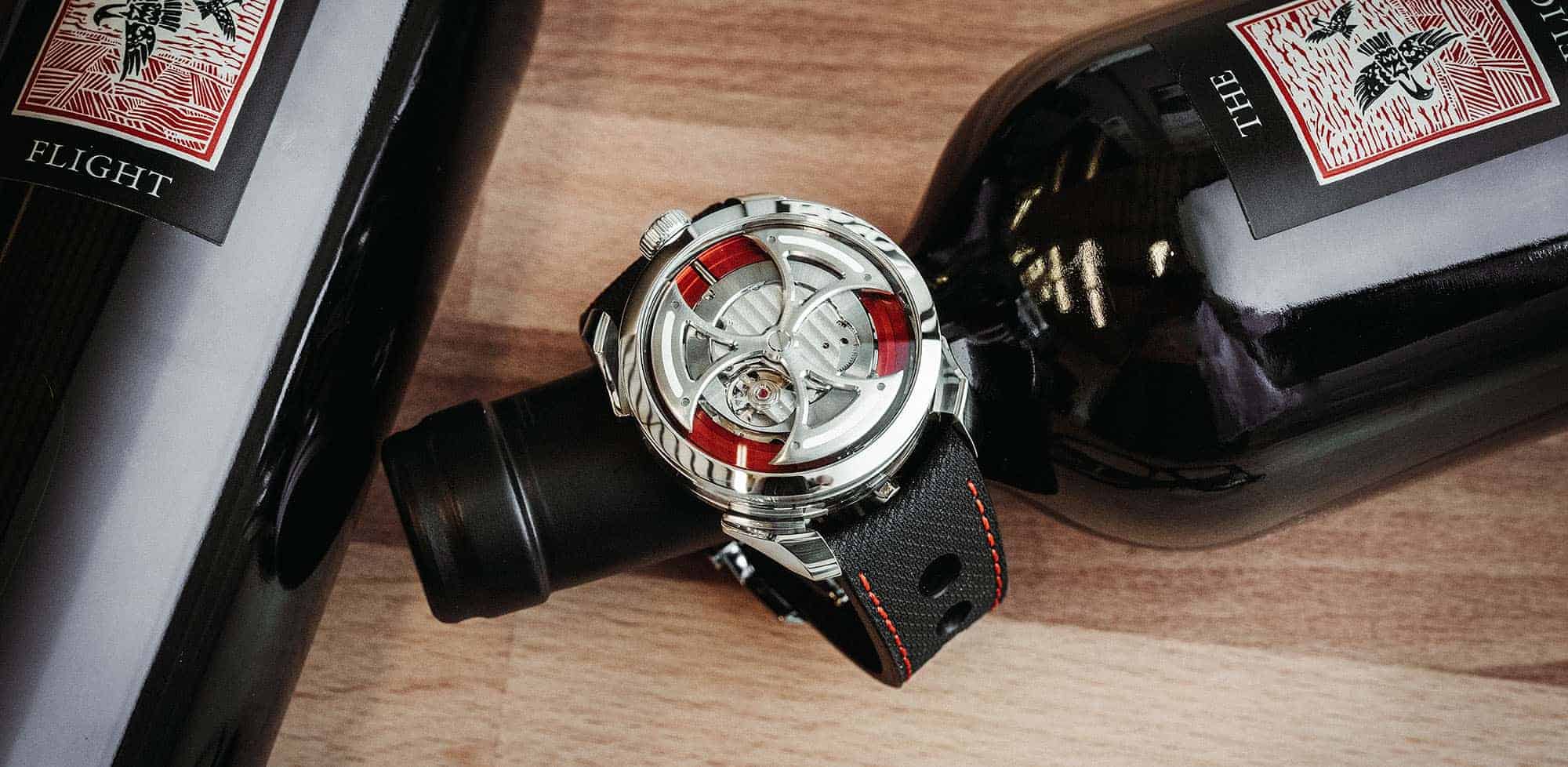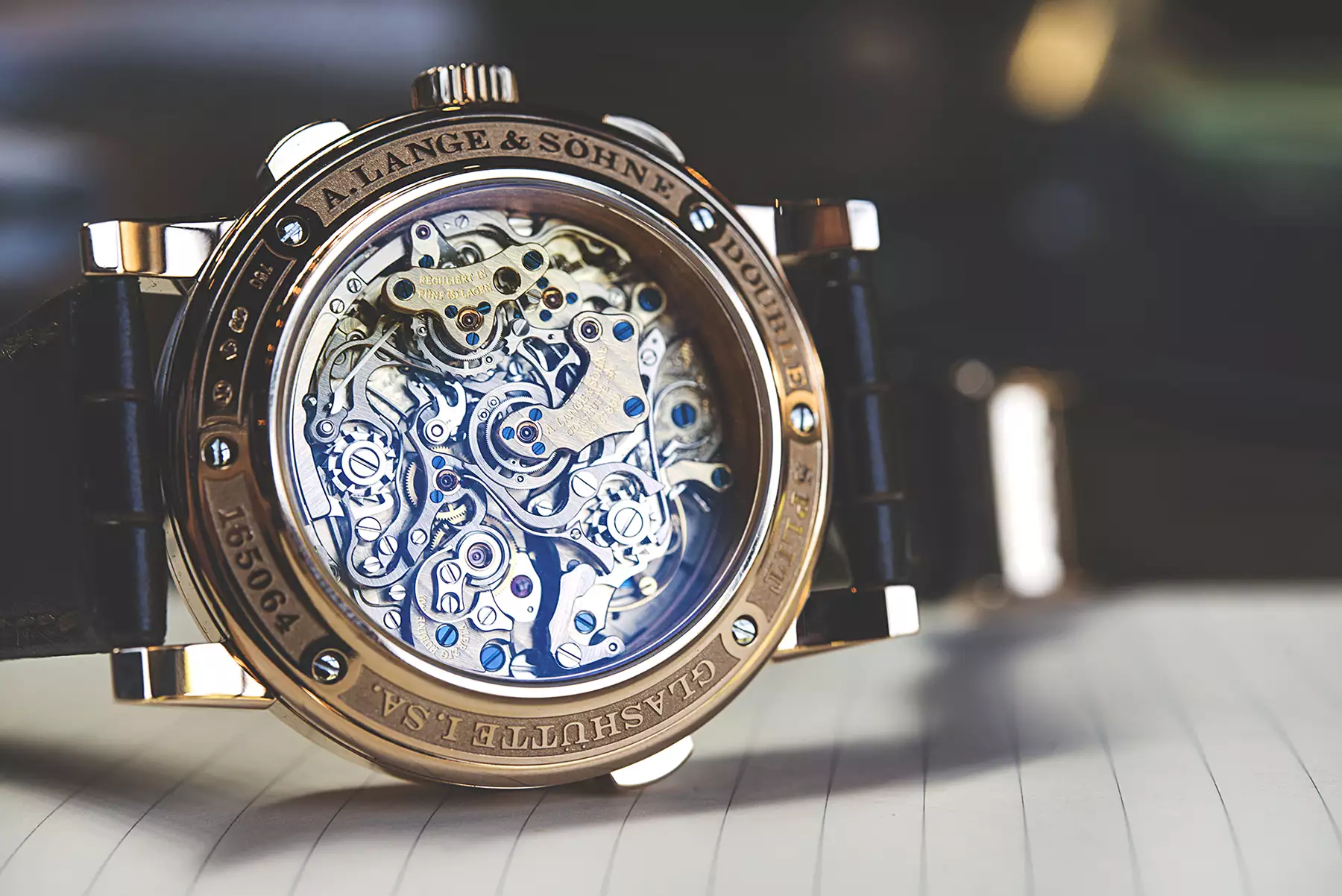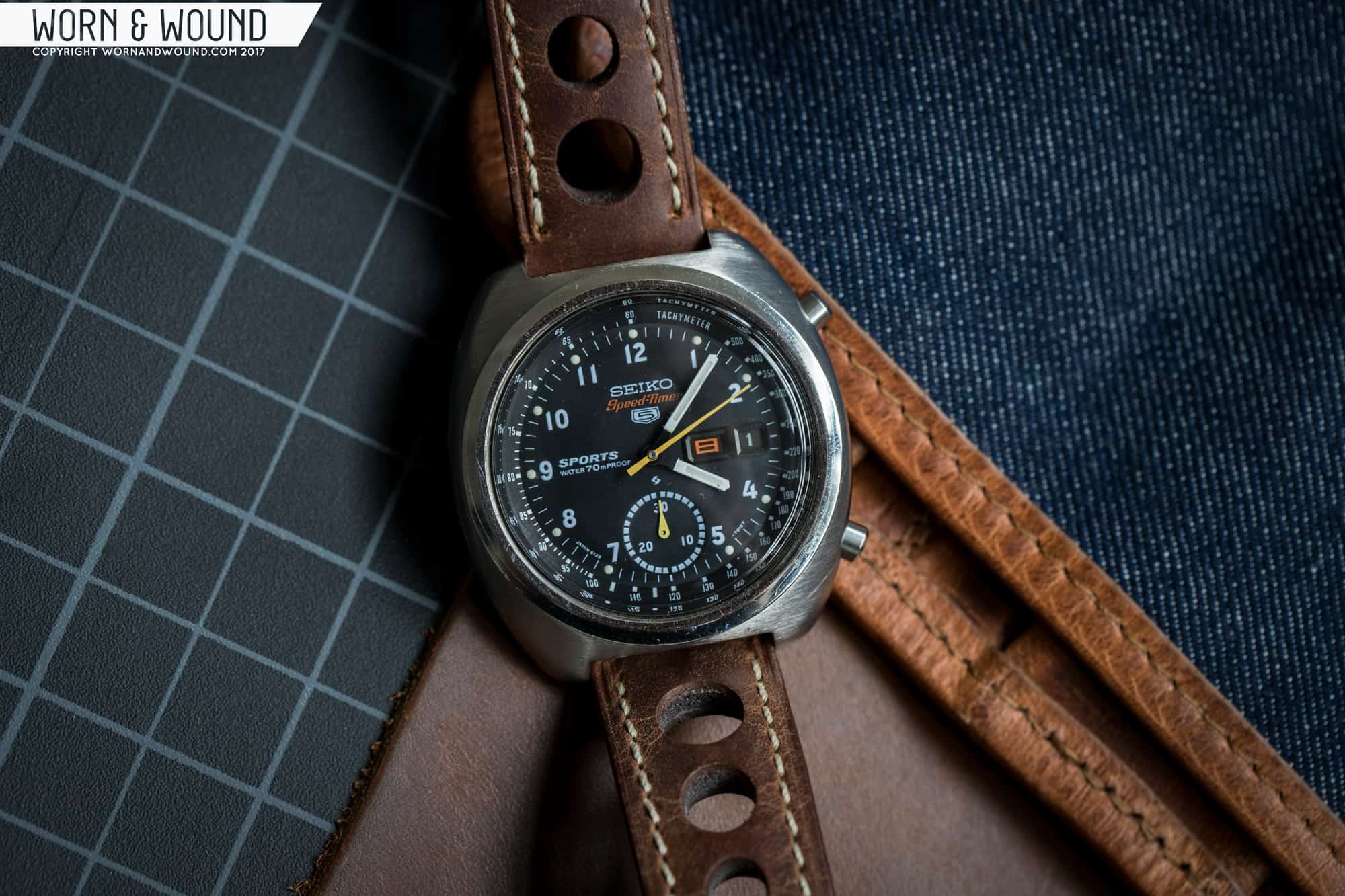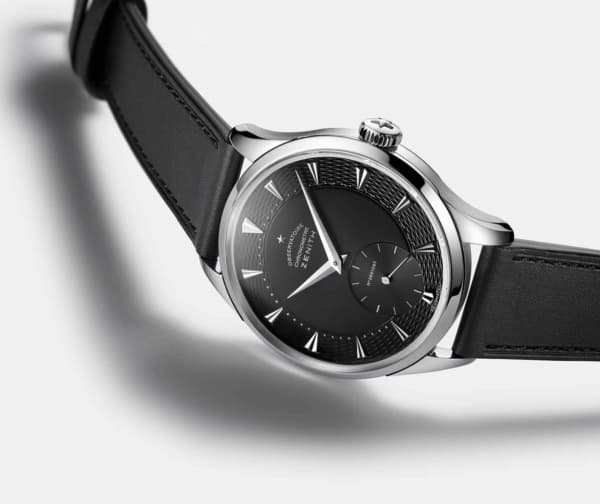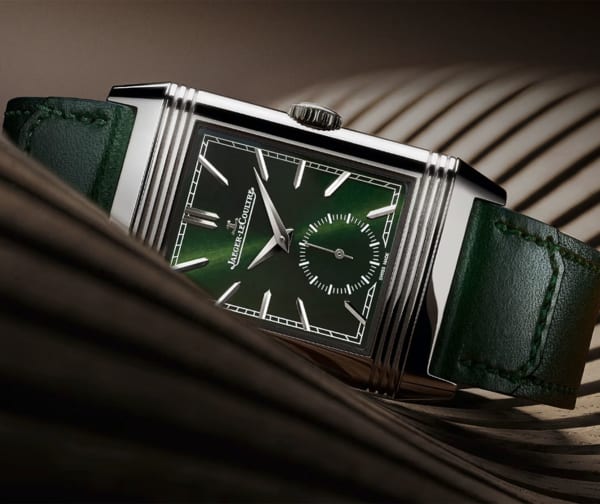I’ve been struggling to write this first paragraph for hours now. The issue, I think, is that the robin’s-egg blue dial of the Patek Philippe Nautilus 5711/1A on my right wrist keeps distracting me. Its balance between warmth and vibrancy, and the way its brushed-and-polished surfaces refract the glints of light bouncing off the bottle of 1992 Screaming Eagle next to my computer, are somehow pulling my attention away from the words on the screen. On my left wrist, the new-old stock Rolex Paul Newman Daytona that I recently won at auction is of a different weight than the Patek, which is completely throwing off the rhythm of my typing. It’s a challenging morning here, indeed.
Alas, I’m making this all up. The watch that’s strapped to my wrist is a TAG Heuer Professional from 1999—a piece that I absolutely love (it was my first “serious” watch, the one that my parents presented me with upon graduating from Penn State University with a bachelors in English and a more than likely oversized liver after five years in Happy Valley) but that cost approximately $6,499,000 less than the PP. And of course, there is no bottle of Screamer by my computer; I’m in Las Vegas for a speaking engagement right now, and it’s not yet eight in the morning. I’m washing down a pastry engorged with what looks like nine pounds of Nutella with a mediocre cup of coffee and a one-liter bottle of luke-warm Aquafina.
In other words, I’m about as far from unicorns as one could be.
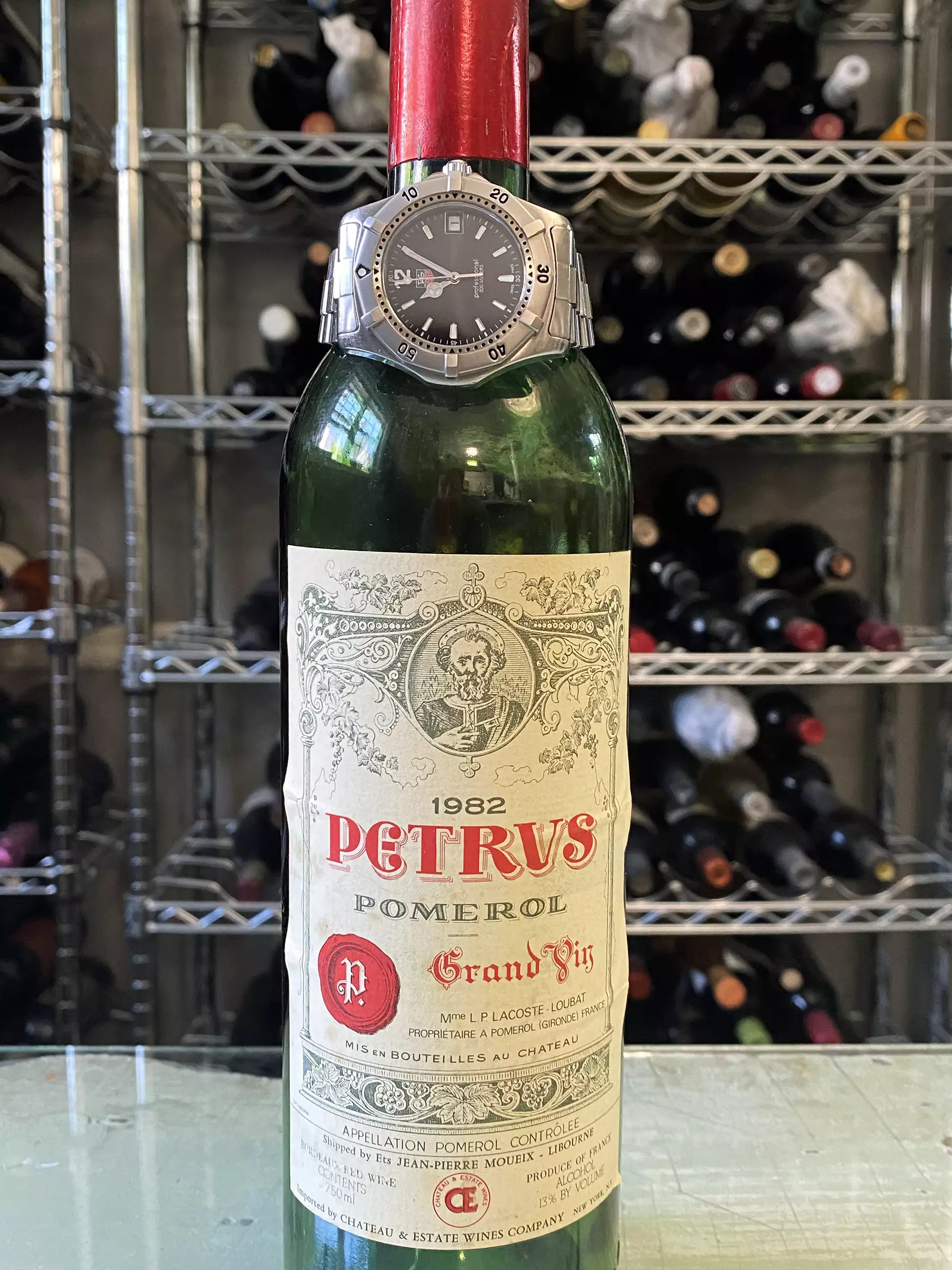









 Featured Videos
Featured Videos




